Benign Paroxysmal Positional Vertigo (BPPV): What are the Advantages of seeing a Vestibular Physiotherapist?
What is BPPV?
Benign paroxysmal positional vertigo, more commonly known as BPPV, is a common vestibular disorder that is characterized by brief episodes of dizziness or vertigo triggered by specific head movements. It is often triggered by movements such as turning over in bed, lying down, or bending over. Most often the feeling of vertigo lasts less than two minutes and resolves with rest.
BPPV is caused by small calcium crystals (otoconia) that have become displaced from the utricle (a part of the inner ear) and are now floating in the semicircular canals (another part of the inner ear). These crystals can cause the sensory receptors in the canals to send false signals to the brain. These signals tell the brain that your head is still moving when you are perfectly still. This can lead to dizziness or vertigo. A Vestibular Physical Therapist has advanced training in conditions of the inner ear, and will be able to help you identify the cause of your vertigo. A proper diagnosis is the first step on your way to recovery.
BPPV can be a frustrating and debilitating condition. It can interfere with daily activities such as driving, reading, walking, and even sleeping. However, it is important to note that BPPV is a benign condition and is not life-threatening. Watch this video below to better understand BPPV:
How Do You Treat BPPV?
As a physiotherapist, I often encounter patients with BPPV in my practice. There are several treatment options available for BPPV. The most appropriate option will depend on the specific type of BPPV, and the individual patient's symptoms and needs. There are 3 semi-circular canals in each inner ear, for a total of 6 canals total. The first step is to make sure nothing else is going on that we need to treat, and the second step is to figure out which of the 6 canals is causing symptoms.
The most common treatment for BPPV is the Epley maneuver, also known as a canalith repositioning procedure. A canalith repositioning maneuver is a technique that involves a series of head and body movements designed to move the displaced crystals out of the semicircular canals and back into the utricle, where they belong. The Epley maneuver is specifically designed to treat BPPV which is caused by otoconia in the posterior semicircular canal. A vestibular physiotherapist can perform this maneuver, and it is generally effective at resolving BPPV symptoms. Most incidences of BBPV will resolve within 5 physiotherapy treatments.
Another treatment option for BPPV is the Barbeque Maneuver, which is similar to the Epley maneuver but involves slightly different head and body movements. The Barbeque Maneuver is specifically designed to treat BPPV that is caused by otoconia in the lateral semicircular canal.
It is important to note that BPPV can sometimes reoccur after treatment, and additional treatment may be necessary to fully resolve the condition. It is important to work with a qualified vestibular physiotherapist to ensure that the appropriate treatment is being used, and that the correct canal is identified to ensure that treatment is effective.
Overall, BPPV is a common vestibular disorder that can cause dizziness and vertigo. Fortunately, there are several effective treatment options available, including the Epley and Barbeque maneuvers. Working with a qualified vestibular physical therapist can help ensure that the most appropriate treatment is being used to effectively manage BPPV symptoms and improve overall function. If you have a diagnosis, you may be able to treat your BPPV at home. Visit our other blog post to see how to perform the Epley Maneuver to treat your BPPV at home.
Our Physiotherapist Emily Fisher is trained as a vestibular physiotherapist and will be able to support your recovery from BPPV. If you have any questions, feel free to reach out to us at info@ridgelinephysio.com or call the clinic at 778-561-2272. To find out more about other vestibular conditions that vestibular physiotherapy can treat please visit our vestibular physiotherapy page.


